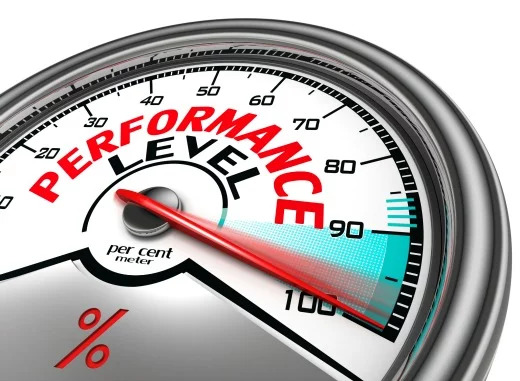Knowledge flows through the workplace in a variety of informal channels, and a coherent, organization-wide social platform helps harness that knowledge to improve enterprise collaboration and business processes.
In a traditional office environment, valuable knowledge would spread throughout the day, perhaps in quick phone calls or informal conversations. Communication is easy and rapid when people are face-to-face, but the digital workplace requires a more proactive approach to capturing these informal conversations and sharing knowledge across the organization.
When your teams are divided geographically, that informal knowledge transfer may be difficult to maintain, but it’s especially important. Remote workers are often at a real disadvantage, and have to work extra hard to stay engaged in conversations and interact with team members and colleagues.
Adding social technology to enterprise collaboration solutions helps to facilitate this engagement and to make informal knowledge available across your organization. And recent developments in Microsoft’s “social layer” promise to integrate a variety of communication, collaboration and workflow tools throughout the digital workplace.
If you’re using Office 365 and SharePoint Online, these integrations should be especially valuable as Microsoft begins rolling out new features. “Document Conversations” is a good example of how Microsoft is integrating the social layer with common tasks. As you’re editing a document, you’ll be able to launch a Yammer conversation with your project team, streamlining the collaboration process.
Looking ahead, Office Graph promises to be an interesting development in enterprise collaboration, bringing together people, content and conversations in ways that support how people really work. With Office Graph, organizations have access to the internal workings of Office applications, allowing them to build custom apps that are specific to business processes or industries.
In addition, Office Graph can be leveraged by machine learning tools such as the Azure Machine Learning to better understand your workday and identify the content you need and the people you interact with on a regular basis. The idea is that this improves productivity by anticipating what you need to do your job and uses that knowledge to reduce the time you spend searching for content and conversations. After all, you probably have a fairly consistent role that includes specific functions and regular interactions with people. So it makes sense to have the most relevant content and conversations at your fingertips, rather than equal access to your entire hard drive.
While Microsoft is actively building more integration between Office 365, SharePoint Online and Yammer, the process is ongoing and certainly not complete at this point. As a result, many organizations find aspects of the social layer a bit confusing. For example, while Yammer is clearly part of the long-term strategy, some of its capabilities currently overlap with SharePoint’s embedded social functionality.
Recently, Microsoft released an Office 365 roadmap that should help alleviate some of the confusion. It provides specific guidance about when features like “Document Conversations” and single sign-on are going to be added, so that organizations have time to adjust and plan ahead.
Is your team collaborating effectively? Take this short quiz to get the truth on collaboration at your business.

